Best Time to Visit Bwindi for Gorilla Safaris
Timing the Encounter of a Lifetime
Few wildlife experiences rival the heart-pounding moment of standing a few meters away from a massive silverback gorilla or watching a playful infant tumble through tangled vines in the misty heart of Uganda. This breathtaking experience unfolds only in a handful of places on Earth, and Bwindi Impenetrable National Park has long stood as the crown jewel of gorilla trekking destinations. Yet, as with all great journeys, timing is everything.
Choosing the best time to visit Bwindi for gorilla safaris can shape not only the comfort of the trek but also the quality of the wildlife encounter. Bwindi’s dense rainforest is a world of shifting weather patterns, changing vegetation cycles, and varied seasonal rhythms. Its beauty is never diminished, yet the visitor’s experience transforms depending on when the journey is undertaken. Rain may turn trails into slippery puzzles, while sunshine may bathe the forest in golden light. Each season brings opportunities and challenges that must be carefully considered.
The significance of timing goes beyond weather and logistics. It touches conservation, cultural interactions, and even the soul of the adventure. Understanding when to embark on a Bwindi gorilla safari ensures that travelers not only see gorillas but also immerse themselves in the full majesty of Uganda’s wild heart.
Understanding Bwindi’s Climate and Seasons
The Tropical Heart of Uganda
Bwindi Impenetrable National Park sits within the Albertine Rift in southwestern Uganda, a region renowned for its biodiversity and ecological richness. The park’s climate is heavily influenced by its equatorial location and its varied altitudes, which range from 1,160 to 2,600 meters above sea level. These factors combine to create a humid, misty, and cool environment that differs from many other African safari destinations.
The forest’s climate is defined by two main wet seasons and two relatively drier periods. Rainfall is common throughout the year, yet its intensity and frequency vary. Unlike arid savannas where weather cycles are predictable, Bwindi remains an ever-changing rainforest, where sun and rain often share the same day. Recognizing the rhythm of these patterns is central to determining the best time to visit.
Rainy Seasons in Bwindi
Bwindi experiences two distinct rainy seasons. The first extends from March to May, while the second runs from September to November. During these months, the park receives heavier rainfall, often in sudden downpours. Trails can become challenging, rivers swell, and the forest floor grows muddy and slippery. Trekking during these times demands resilience and strong preparation.
Yet, the rainy seasons carry their own rewards. The forest bursts into intense green, flowers bloom in abundance, and food sources become plentiful for gorillas. Groups of gorillas tend to remain closer to their nesting areas since vegetation is easily accessible. For the adventurous traveler, the rainy season can offer intimate and rewarding sightings, though physical challenges increase.
Dry Seasons in Bwindi
The relatively drier months occur from June to August and from December to February. Rain is less frequent, trails are more manageable, and trekking becomes more comfortable. These months are considered the peak seasons for gorilla safaris, attracting the largest number of visitors. Visibility in the forest is often improved, and the trekking routes, though still challenging, are less muddy and slippery.
The dry seasons also coincide with school holidays in many parts of the world, making them the busiest times for international tourism. Gorilla permits are in extremely high demand, and securing them requires booking several months in advance. For travelers who prioritize comfort and accessibility, these months are often considered the best time to visit Bwindi.
The Dry Season: A Popular Choice
Comfort and Accessibility
The dry season months—June to August and December to February—provide the most favorable conditions for trekking. Visitors find that hiking through Bwindi’s steep slopes and dense undergrowth is more manageable when rainfall is minimal. Trails remain challenging but less treacherous, allowing trekkers to focus more on the experience and less on the difficulty of footing.
The lower chance of heavy rain means that cameras and other gear can be used with less risk of damage. Photography becomes more rewarding as gorillas are often observed without the constant distraction of falling rain. For many, this combination of better trekking conditions and clearer visibility makes the dry season an attractive choice.
Peak Season and Competition for Permits
However, the dry season comes with its challenges. Because it is the most popular period for gorilla safaris, permits sell out quickly, often months in advance. Accommodations, too, are in higher demand, with lodges filling up early. The increased number of visitors creates a sense of bustle in Bwindi’s entry points, though groups entering the forest remain limited to ensure conservation standards are upheld.
For travelers seeking solitude or a less crowded experience, the popularity of the dry season may feel overwhelming. Yet for many, the reward of favorable trekking conditions outweighs the need to navigate higher competition for permits and lodges.
The Rainy Season: A Hidden Gem
Challenges of Trekking in the Rains
Visiting Bwindi during the rainy seasons in March to May or September to November presents a different set of conditions. Heavy rains transform trails into slippery routes, demanding greater physical endurance. Rivers and streams swell, bridges can be more precarious, and the risk of muddy clothing and wet gear is heightened. Trekkers may also find that their progress slows, as steep ascents become harder to navigate.
For some, these challenges are discouraging. Yet, for others, the unpredictability of the rainy season is embraced as part of the adventure. A trek through the rains is a reminder that Bwindi is a living, breathing forest that cannot be fully tamed.
Rewards of Visiting During the Wet Months
Despite the challenges, the rainy season has significant advantages. Gorilla families often remain closer to accessible areas of the forest since food sources such as fruits, leaves, and shoots are abundant. This can result in shorter treks, with less distance required to reach the gorillas.
The forest itself is at its most vibrant, with lush greenery and a renewed sense of life. Birdwatchers find the rainy seasons particularly rewarding, as migratory species flock to Bwindi during these months. Photographers, too, benefit from the dramatic backdrops created by mist, rain, and the rich saturation of the forest’s colors.
Another notable advantage is reduced competition. Fewer tourists choose to visit during these months, meaning that permits are easier to obtain and accommodations are more readily available. For those who value solitude, the rainy season offers a quieter, more intimate experience of Bwindi.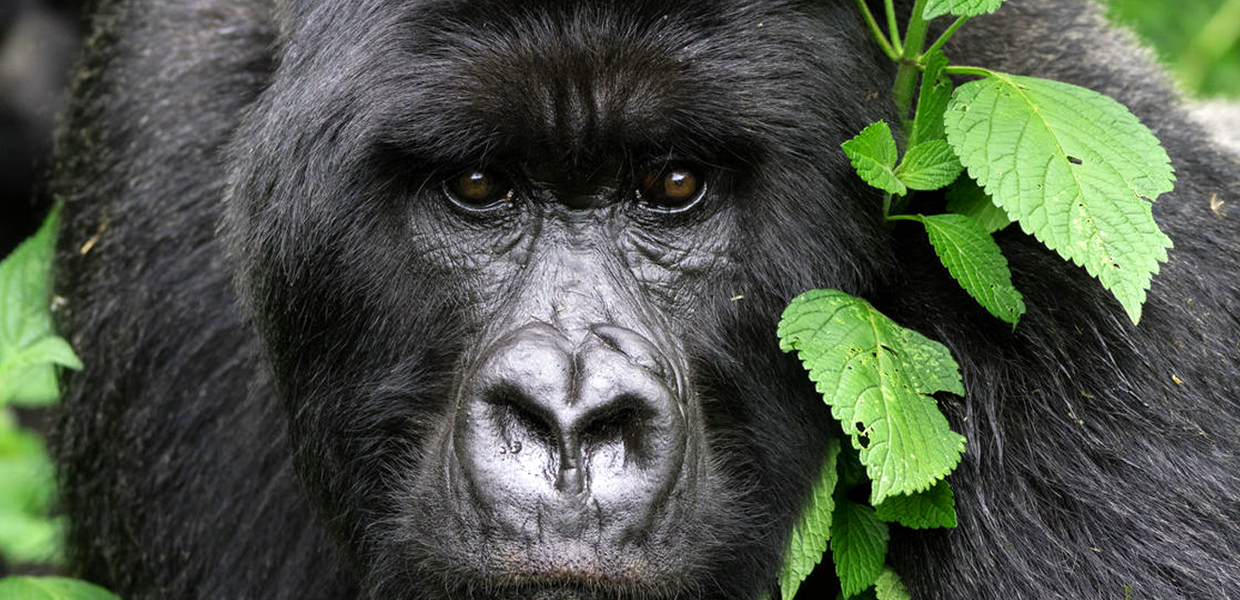
Month-by-Month Breakdown of Bwindi’s Seasons
January and February
These months fall within the short dry season, offering favorable trekking conditions. Trails are generally easier to navigate, and gorilla sightings are reliable. Visitor numbers are high, and advance bookings are essential.
March, April, and May
The first long rainy season begins in March, reaching its peak in April. Trekking is more physically demanding, yet sightings remain consistent. Gorilla families tend to stay nearby, reducing trekking times. For those willing to embrace the rain, these months offer rewarding encounters with fewer crowds.
June, July, and August
The long dry season begins in June and lasts through August. These months are the most popular for gorilla safaris, with excellent trekking conditions and clear skies. High demand means that permits and accommodations must be reserved well in advance.
September, October, and November
The second rainy season arrives, with October typically experiencing the heaviest downpours. Trails grow slippery, yet the forest comes alive in dramatic ways. Birding is at its peak, and the fewer visitors create an intimate atmosphere in the park.
December
The rains taper off, giving way to the short dry season. December sees a rise in visitors due to the holiday season, with trekking conditions again improving. Gorilla safaris during this time are highly sought after, combining festive travel with one of the world’s most unique wildlife encounters.
Other Considerations in Choosing the Best Time
Wildlife and Vegetation Cycles
The gorillas of Bwindi are not confined to fixed areas. Their movements are influenced by vegetation cycles, availability of food, and social dynamics. During the wet seasons, food is abundant, and gorillas often remain in accessible locations. In drier months, they may move farther in search of fresh vegetation, sometimes extending trekking times.
Travelers must prepare for both possibilities, recognizing that timing influences not only comfort but also the likelihood of shorter or longer treks.
Cultural Experiences and Festivals
Visiting Bwindi is not solely about gorilla trekking. The communities surrounding the park, including the Batwa and Bakiga, offer cultural encounters that enrich the safari. Uganda’s broader cultural calendar includes festivals and events that may coincide with travel plans. Aligning a visit with these cultural highlights can add depth to the safari experience.
Costs and Availability
The cost of gorilla permits remains consistent year-round, but the availability of permits varies greatly depending on the season. Accommodations may offer lower rates during the rainy seasons, making these months attractive for budget-conscious travelers. Conversely, dry-season prices are higher due to demand. Timing, therefore, has financial implications that travelers should weigh carefully.
The Verdict: When Should You Go?
Determining the best time to visit Bwindi for gorilla safaris depends on individual priorities. For those who prioritize comfortable trekking conditions, clearer trails, and optimal visibility, the dry seasons from June to August and December to February are the most suitable. For travelers who value solitude, lush vegetation, shorter treks, and vibrant birdlife, the rainy seasons from March to May and September to November hold unmatched appeal.
There is no bad time to visit Bwindi. Each season carries its own character, challenges, and rewards. The forest, timeless in its beauty, offers gorilla encounters year-round. What changes is not the availability of the gorillas but the experience that surrounds the encounter.
Choosing the Time for a Lifetime Memory
Visiting Bwindi Impenetrable National Park is less about a simple journey and more about entering a living, breathing wilderness where time moves in harmony with nature’s rhythms. To decide when to go is to align personal expectations with the reality of the forest’s seasons. The dry months provide comfort and accessibility, while the wet months deliver intimacy and vibrancy.
No matter the season, the moment a gorilla is seen—whether under a bright sunbeam or through a curtain of rain—becomes unforgettable. Preparation, flexibility, and an open heart ensure that the journey into Bwindi leaves travelers forever transformed.
For those ready to embark on this extraordinary adventure, expert guidance is invaluable. By booking with WildHorn Africa, every detail—from securing scarce permits to arranging comfortable lodges and guiding cultural encounters—is handled with care. With their unmatched expertise, travelers can focus on what matters most: the awe-inspiring experience of standing in the presence of mountain gorillas in the misty forests of Bwindi, a journey that resonates for a lifetime.

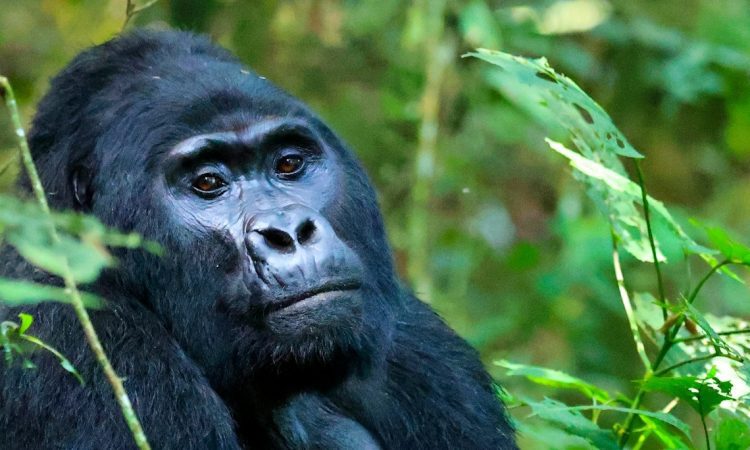
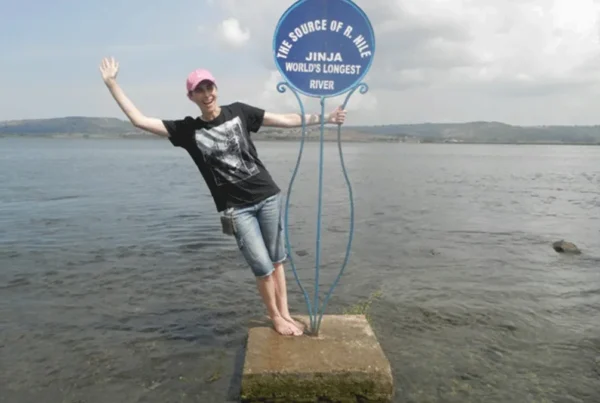
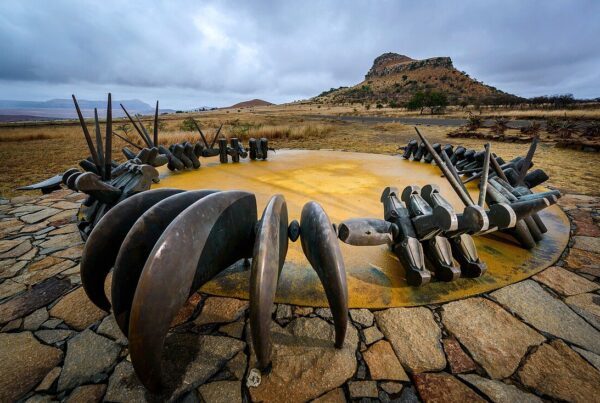
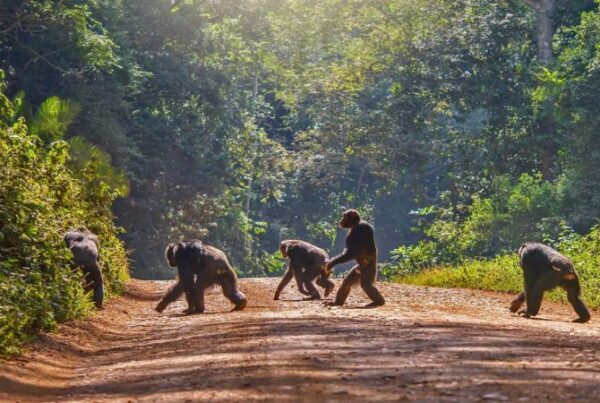
 WildHorn Africa – Authentic and unforgettable tours across Africa, guided by local experts who know the land, wildlife, and culture best.
WildHorn Africa – Authentic and unforgettable tours across Africa, guided by local experts who know the land, wildlife, and culture best.


